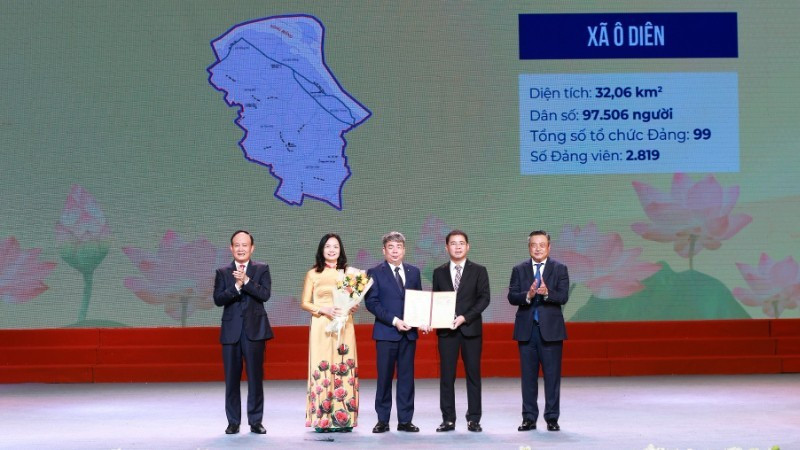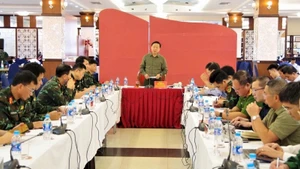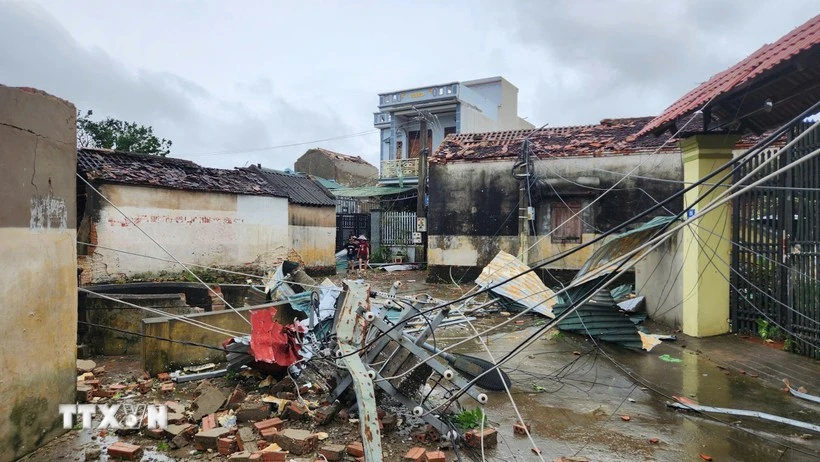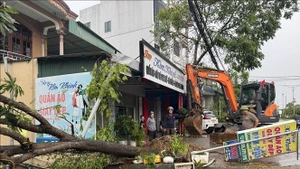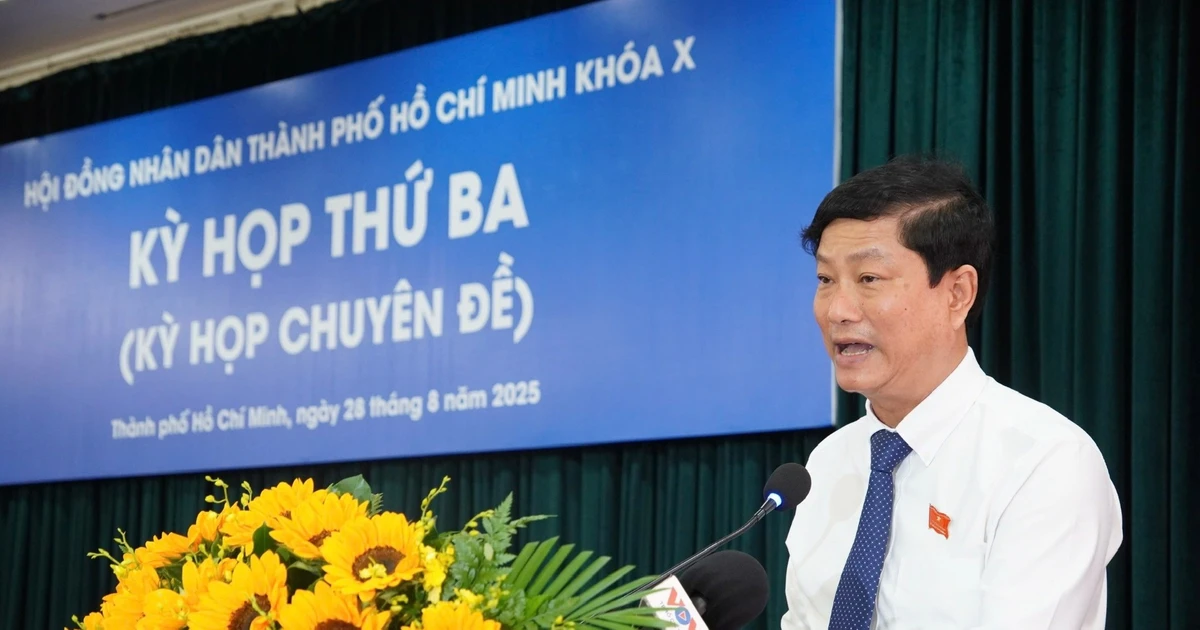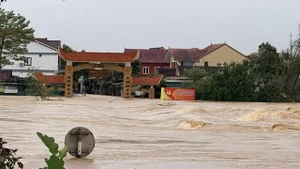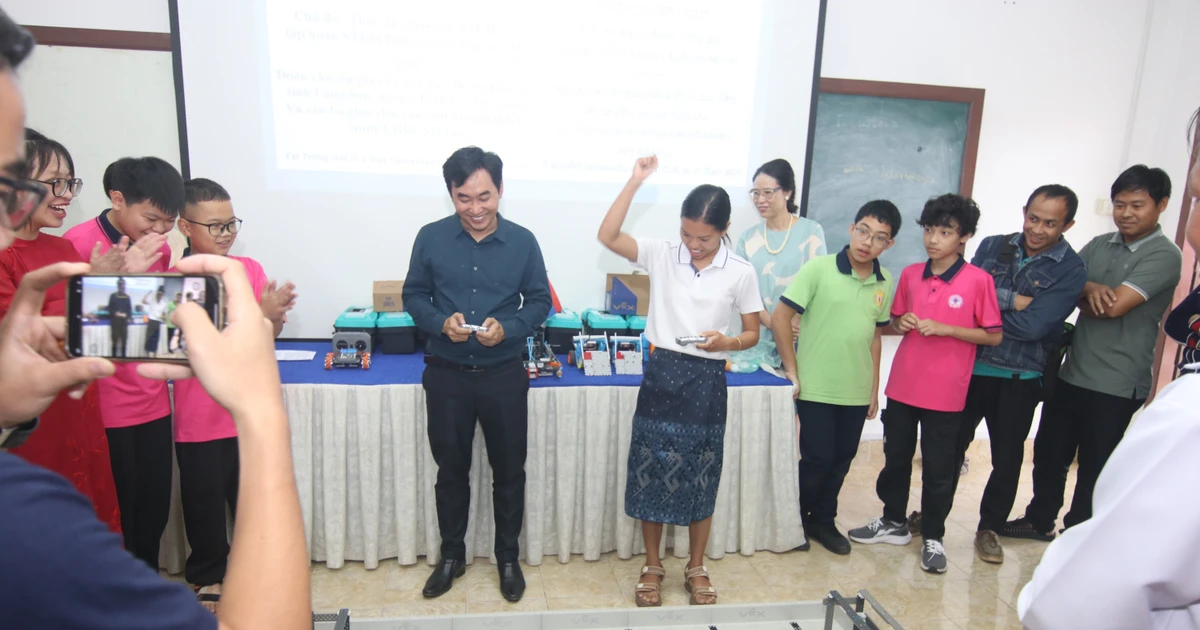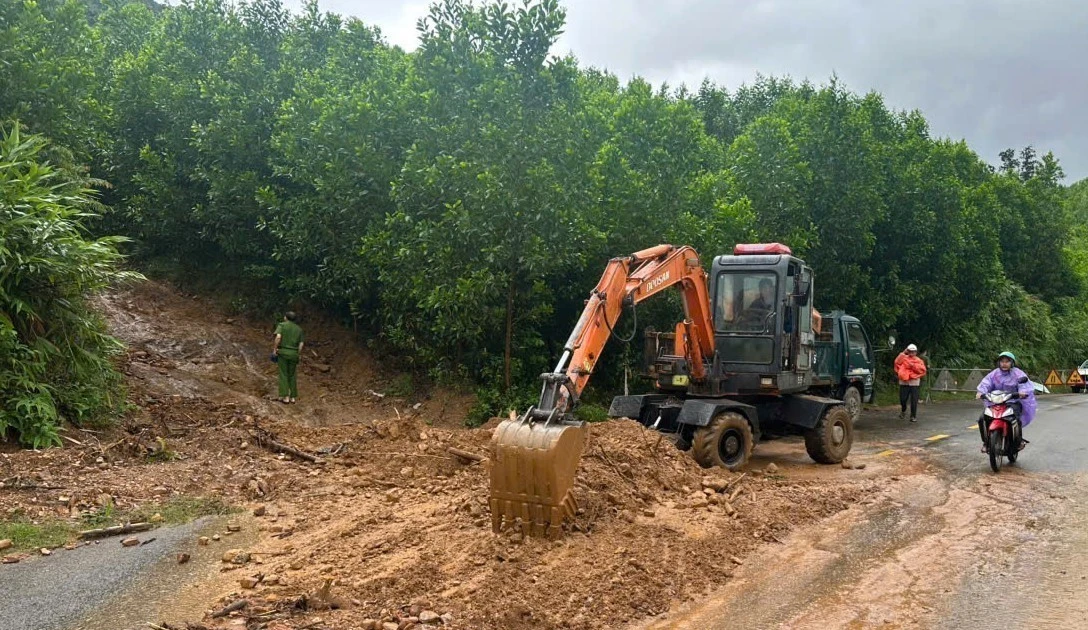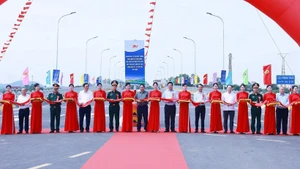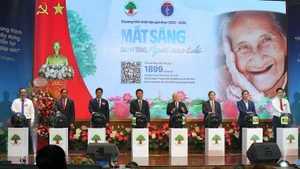According to a resolution of the National Assembly on the reorganisation of administrative units, several communes in Dan Phuong District (Ha Noi) were merged to streamline the apparatus, maximise resources and improve governance. On this basis, a new administrative commune named O Dien was officially established, formed from the merger of several former communes of Dan Phuong.
O Dien has existed for thousands of years in national history, closely associated with glorious chapters of the past. The ancient O Dien Citadel was once one of the three major political and military centres of the Van Xuan State in the sixth century, alongside Co Loa and Long Bien citadels. Historical records show that it was located in the ancient Ha Mo area, at the confluence of the Hong, Day and Nhue rivers, holding a strategic position in the Red River Delta.
Over centuries, this land was a vibrant hub of settlement, trade and culture. Though the citadel’s remains are no longer intact, a wealth of historical relics, temples, pagodas…still stand, testifying to its rich cultural and historical heritage.
The name O Dien fully meets the criteria set out in Resolution No. 76/2025/UBTVQH15 of the National Assembly Standing Committee: concise, easy to read, easy to remember, and rooted in tradition. The choice has received broad local consensus and pride. The name embodies a symbolic meaning — evoking pride in ancient traditions while conveying a message of community cohesion under one shared identity.
The newly formed O Dien Commune covers the entire area and population of Ha Mo Commune; most of Hong Ha, Lien Ha, Lien Hong, Lien Trung, Tan Hoi and Tan Lap Communes (formerly Dan Phuong District); and parts of Tay Tuu Ward (Bac Tu Liem District), Van Khe Commune (Me Linh District) and Duc Thuong Commune (Hoai Duc District). Without adopting the name of any old commune or combining fragments, O Dien serves as a collective identity, reflecting unity and pride across the region.
With this name, every resident — whether formerly from Hong Ha, Tan Hoi, Tan Lap, Lien Trung or Ha Mo — can now proudly call themselves people of O Dien, sharing a new communal identity rooted in heritage while preparing for a new era of development.
Under Decision No. 1569/QD-TTg dated December 12, 2024 by the Prime Minister approving Ha Noi’s Capital Planning, Dan Phuong — including O Dien — is designated to become a modern new urban area, integrating ecological and cultural-historical tourism.
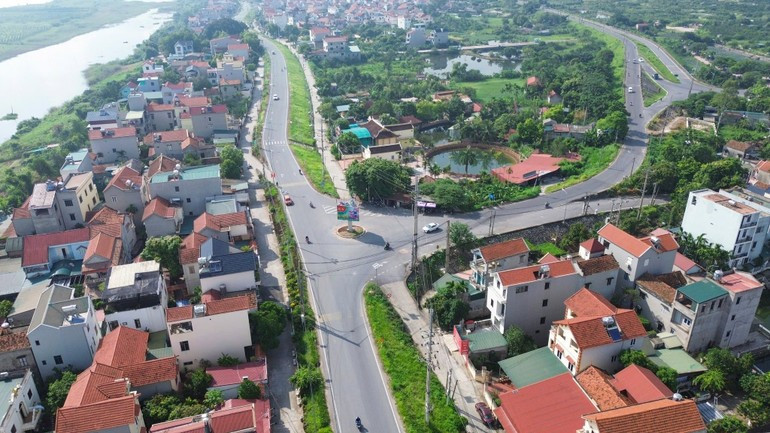
Key projects are envisioned: developing a cultural space to revitalise the ancient O Dien Citadel, highlighting thousand-year heritage values; building a cultural heritage park dedicated to To Hien Thanh, the eminent Ly Dynasty mandarin and native son; and restoring the ancient Nhue River, combining eco-tourism with cultural preservation.
Riding on this momentum, the Party Committee, authorities and people of O Dien have set their sights on rapid and sustainable economic growth; restructuring towards a higher share of industry and services; and advancing high-quality, environmentally friendly agriculture.
The commune emphasises the role of the private sector, supporting start-ups, promoting digital transformation and adopting e-commerce to strengthen competitiveness. At the same time, it is steadily improving infrastructure across transport, education, healthcare and major cultural-tourism facilities. Alongside development, O Dien prioritises preserving and promoting cultural heritage, linking it with tourism, nurturing an image of cultured and refined citizens, and safeguarding national defence, social welfare and living standards.
Nguyen Van Duc, Secretary of the O Mon Commune Party Committee, stressed: “We see O Dien as a foundation to promote the local image, attract investment, develop tourism and enhance people’s livelihoods. This is an opportunity for communes long endowed with fertile land, traditional crafts and scenic landscapes to prosper together under a unified master plan and a strong brand tied to history and culture.”
With an area of 32 km² and a population of over 97,000, O Dien is an ancient land of the Doai region, rich in tradition, standing out with high-quality agriculture and traditional crafts. From wet rice cultivation and sericulture, it has shifted towards high-tech cultivation of vegetables and flowers, especially roses, while woodworking, blacksmithing and weaving continue, both creating jobs and preserving heritage.
The commune is also famed for its specialities: Ha Mo stirred rice porridge, Hong Ha bean liquor, Tan Hoi–Tan Lap pork paste, and Lien Hong gio cake. In terms of cultural and social life, O Dien treasures the unique Cheo Tau folk singing of Tong Goi area and a wealth of nationally recognised relics such as Dieu communal house and temple, and Voi Phuc temple.
The name “O Dien” not only recalls historic memories but also opens up opportunities to build a strong local brand, attract investment, develop tourism and improve livelihoods.
Here, whether among the older generations rooted in Hong Ha, Lien Trung or Tan Lap, or among the youth growing up in the new O Dien, all can take pride in living on the land that was once the heart of Van Xuan in the sixth century. Today, that land is rising to become a modern urban area of the capital Ha Noi.
